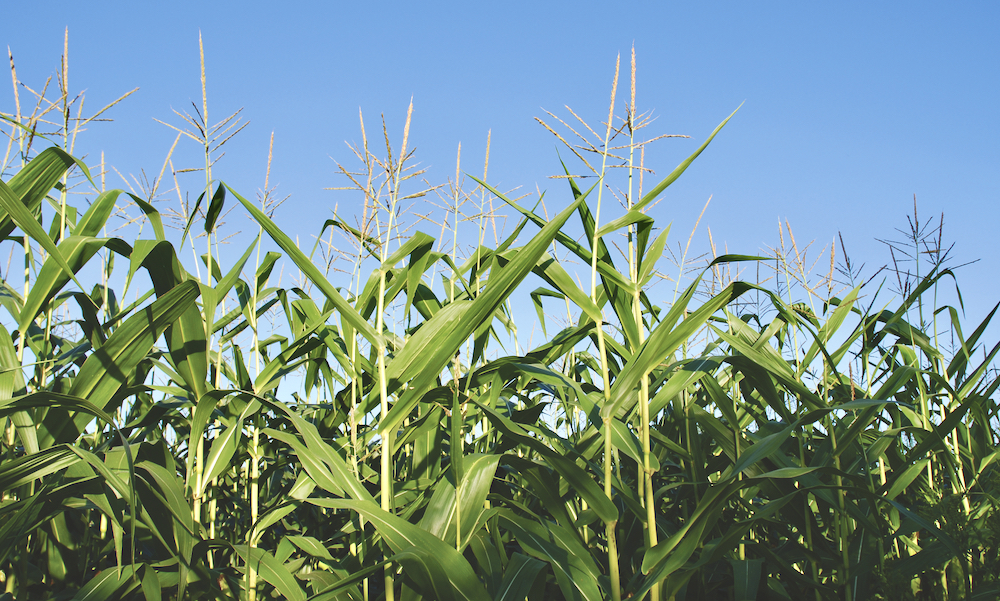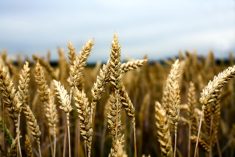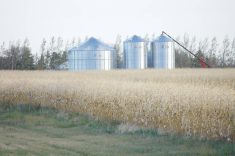Some news reports suggest soybeans are overtaking corn acres in Ontario or across the country, but corn is still king in row crop production.
Its acreage may fluctuate but the potential to expand corn’s reach and usage, and the amount of money invested in research and development, are driving optimism in the market.
Why it matters: Corn has a year-round international market, has many uses and farmers like to grow it. That’s why it remains king.
Read Also

Packer buys Green Giant, Le Sieur veg brands from U.S. owner
A Quebec-based processor’s deal to buy the Green Giant and Le Sieur packaged and frozen vegetable brands in Canada from a U.S. owner clarifies the status of two popular retail brands grown by Canadian farmers.
According to Statistics Canada, growers reported planting 3.6 million acres of corn in Canada in 2022, an increase of 4.1 per cent from 2021. That includes Western Canada and particularly Manitoba, where producers who tried corn are investing in equipment and have found silage corn provides more feed per acre than feed barley.
The agency cited Ontario corn planting at 2.3 million acres in 2022 while the Ontario Ministry of Agriculture, Food and Rural Affairs reported 2.1 million acres in 2023.
Those up-and-down totals — at least for Ontario — are standard fare, yet no one in the industry suggests corn production has peaked. Despite long-term growth of the soybean market provincially and nationally, corn remains a key economic driver in row-crops.
Concerns about the size of the Canadian market and its impact on attracting investment in overall varietal research and development are short-sighted, according to many stakeholders.
Others point to potential uses beyond oil, starch, corn syrup or ethanol and believe the sky is the limit on food-grade opportunities and industrial applications.
Big picture
The U.S. and Brazil are the undisputed corn leaders. In the past 10 years, Brazil has increased its corn production by 700 per cent and the U.S. dominates the world marketplace with 30 per cent of global production.
That doesn’t mean Canadian growers, especially those in Ontario, should reconsider their corn acres.
Scott Krakar, grain merchandiser with London Agricultural Commodities, said opportunities for corn production are similar to those for Americans.
“Our place in the market is the same as any grower in the U.S.,” says Krakar. “We’re essentially a regional market in the greater marketplace, and it’s because of our proximity to the largest producer and free-trading marketplace with the U.S.”

There’s always room to explore niche opportunities, he said, but those have limited demand. The standard market for corn has developed because there are many buyers and sellers for an essential ingredient.
Corn has a large demand base and it benefits growers with easily reproduced results and a large, transparent, year-round marketplace in which most of the value chain is satisfied with what’s grown.
“We should continue to compete and we can compete well,” says Krakar, who also concedes the growing demand and production potential from China and Mexico.
“Yes, China is growing their capability and Brazilian production is much higher. There are a lot of regions that would like to increase corn production, like Mexico, but with today’s technology, it’s simply impossible for that country to produce the volumes they buy from the United States.”
Return on investment
In terms of profitability and value, corn is still viewed as the winner in cropping circles. Stephen Denys, director of market and product development with Maizex Seeds, sees corn as a continuing standard in row-crop production for a number of reasons: return on investment in seed and trait technologies, potential uses and grower comfort.
“We’ve invested in the crop from a genetic and input perspective to increase yield potential,” says Denys, noting the specialized production process that comes with a hybridized crop.
“We’ve seen more investment in it as seed companies can pencil in a return on investment versus a crop like wheat, where we see more bin-run seed and there’s far less motivation to invest in breeding, given lower returns.”
He also points to regulatory issues with cereal crops in Canada and quality parameters that make things more challenging, especially in wheat.
Denys notes the many uses for corn, which draw investments ranging from byproducts in the field (from cobs) to processing dried distillers grains with solubles from ethanol production. Corn-derived ethanol is even used as industrial alcohol in sterilization in the health care sector and there are new applications as crop-derived fuels.
“For farmers, corn is also a psychological crop as there’s nothing like how fast corn fills the grain tank on a combine,” says Denys. “Farmers in general like to grow corn.”
Niche market opportunities
Brett Israel’s family decided to develop their farm into a conduit for more specialized row-crop production. Three generations helped complete the transition to a certified organic crop and hog production operation in 2019 on an expanding acreage of nearly 800 acres near Drayton.
Like Krakar and Denys, Israel sees tremendous potential for corn and he’s constantly in search of new opportunities for everything produced on the farm.
In addition to establishing uses for their soybeans and selling their organic pork from the farm, he strives to meet demand for his organic corn, which has a local market value in the form of tortilla chips. Israel has done the math and found that one tonne of corn becomes roughly 4,400 bags of chips, with little shrink in processing.
“When you look at the amount of food that can be produced out of that, it changes the way a person looks at food production versus raw bushels per acre,” says Israel.
“The Ontario average yield is 4.5 tonnes per acre and at 175 bu./acre, that’s almost 20,000 bags of chips per acre. If we think about food in that way, it’s quite phenomenal.”
Israel aims to give consumers what they want, whether it’s down the road in Kitchener-Waterloo, in Mexico or across the ocean.
“If you look at the population of southern Ontario, it’s one of the most interesting areas of the world because you have a vastly expansive urban population that’s growing by the year,” says Israel.
“But it’s also next to a very diverse agricultural land base and it’s amazing the diversity of what’s being grown here. In the long term, we need to look at the markets that are going to see great growth potential — Mexico, Indonesia and others in the Asian-Pacific region that will benefit from the demographic growth that we can meet their demands.”















